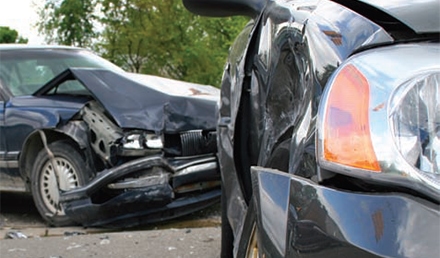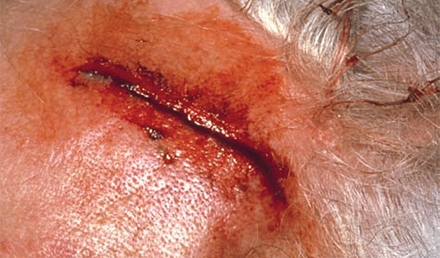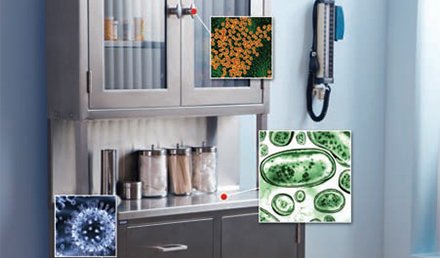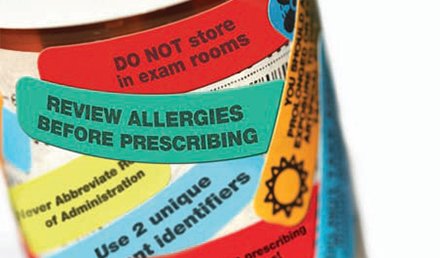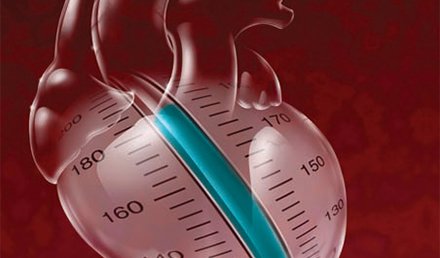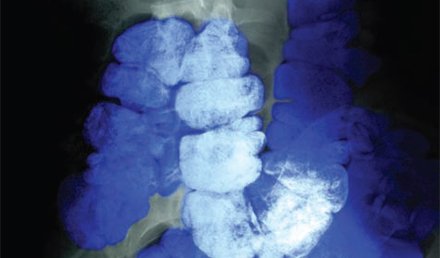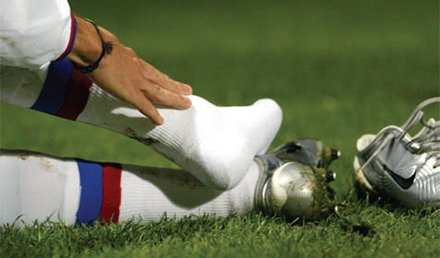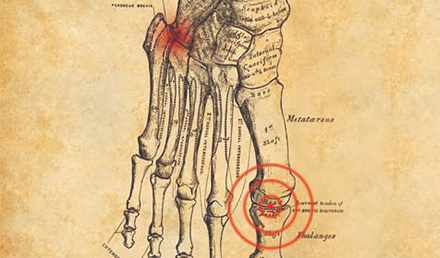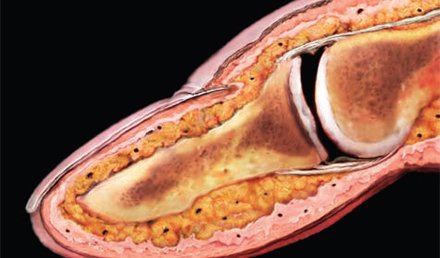Urgent message: Patients presenting to urgent care in the wake of a motor vehicle accident have self-selected their treatment setting. However, it is imperative to maintain vigilance for potentially serious and even life-threatening injuries that may not be apparent. Gloria I. Kim, MD and Jill C. Miller, MD According to the National Center for Health Statistics, motor vehicle accidents (MVAs) accounted for nearly 5 million ED visits in 2006. The diverse injuries may be temporary, …
Read More